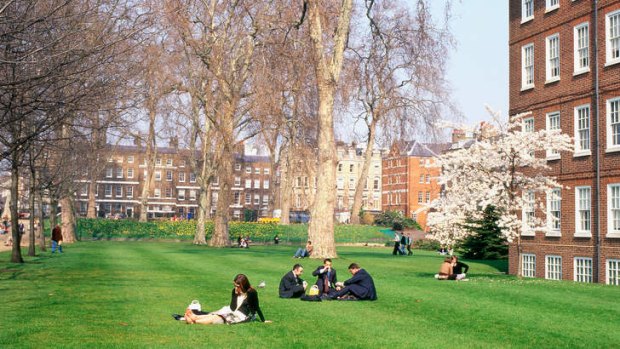
Lincoln's Inn Fields.Credit: Alamy
Keith Austin finds London's hidden oasis of calm is flanked by two of the city's most under-appreciated museums.
There is a curious concatenation of urban infrastructure around London's Lincoln's Inn Fields that has rendered it almost invisible. Loosely bounded on four sides by the busyness of High Holborn, Kingsway, Chancery Lane and Fleet Street, it is further insulated by a labyrinth of minor streets and winding alleyways.
It is the city's very own Brigadoon, lyricist Alan Jay Lerner's mythical town that only appears every 100 years. One moment you are sidestepping tourists and locals, and the next you are enveloped by a grassy oasis of calm, peppered with picnickers and canoodling students.
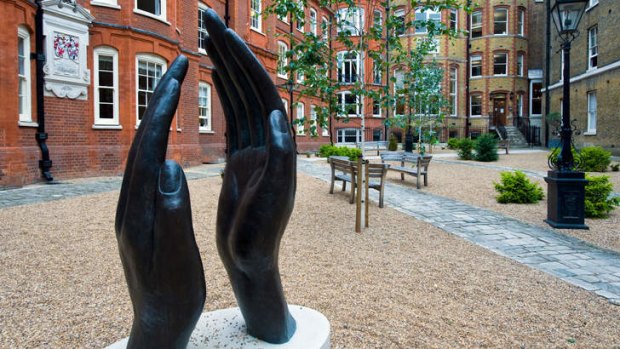
A sculpture in Lincoln's Inn.Credit: Alamy
It's been there since the 1630s but even natural-born Londoners have been known to stumble upon it quite by accident (trust me).
The park itself is nothing special; it is, in essence, a small, green public square (London's largest, believe it or not) bisected by two straight gravel paths and boasting tennis courts and a simple bandstand. And yet it exudes a feeling of relaxation and charm that makes it an essential spot for an impromptu picnic (provisions from any nearby Pret a Manger shop) away from the hustle and bustle of the capital.
It is, as Charles Dickens wrote of the nearby Staple Inn in The Mystery of Edwin Drood: "One of those nooks, the turning into which out of the clashing street, imparts to the relieved pedestrian the sensation of having put cotton in his ears, and velvet soles on his boots. It is one of those nooks where a few smoky sparrows twitter in smoky trees, as though they called to one another, 'Let us play at country."'
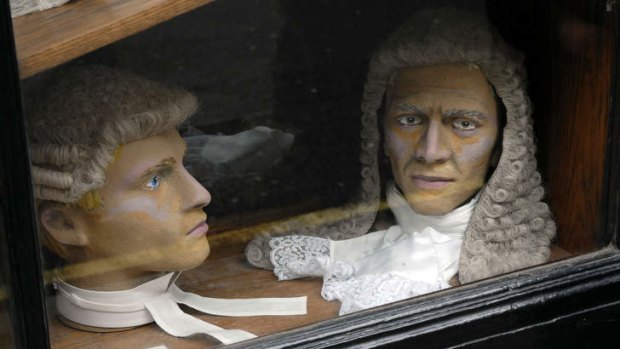
Barristers' wigs on display.Credit: Alamy
Well, the smoky sparrows and trees may have gone, but not the sensation of cotton wool and velvet soles. Perhaps it's the palpable sense of history here, with well-preserved period houses on the northern boundary, a Tudor wall (1562) and the gatehouse of Lincoln's Inn on the eastern side and the august, very Victorian colonnades of the Royal College of Surgeons in the south.
A walk around the square is almost mandatory, as is a little side trip through the Lincoln's Inn gatehouse (built 1518-21) to the Honourable Society of Lincoln's Inn - one of four Inns of Court in London - and New Square, where a gentle fountain bubbles away overlooked by solicitors' and barristers' offices.
The two greatest attractions, though, sit facing each other across the square: the Hunterian and the Sir John Soane museums. Possibly two of the most under-appreciated museums in London, they are a textbook study in contrasts.
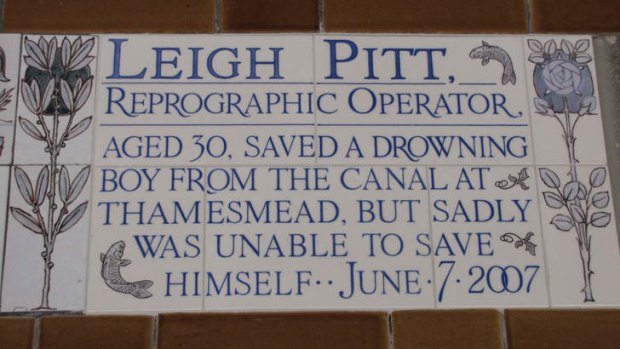
At peace: one of the hero memorial tiles at Postman's Park.
On one side, a concentrated, blink-and-you'll-miss-it collection of medical grotesqueries in three floors of glass cabinets, and on the other one man's artistic and architectural obsession where original Hogarths hang on specially designed, fold-out walls.
Where you start rather depends on whether a glass jar containing the flensed, smallpox-ridden face of a baby would put you off your prosciutto-and-brie picnic baguette. To the Sir John Soane's house, museum and library, then, at numbers 12, 13 and 14 Lincoln's Inn Fields. Soane was born in 1753 and died in 1837 after a distinguished career as an architect. In the intervening years he successively demolished and rebuilt the three houses, living in No.13 alone after his wife's death in 1815. Soane designed the building not just to live in, but also as a setting for his collection of antiquities and art. After he was made Professor of Architecture at the Royal Academy in 1806, Soane arranged the contents so students could access them the day before and the day after each of his lectures.
On his death, he left the houses as a gift to the nation, preserving them and the collections within for the "benefit of amateurs and students" in architecture, painting and sculpture. Today, the house and the collection are pretty much as Soane left them in 1837. This wonderful one-person time capsule includes a basement full of neoclassical sculpture, a library of 6000 books, stained glass from the 14th, 15th and 16th centuries, period furniture and, most extraordinarily, a small back room with a hidden, building-height stairwell and ingenious fold-out walls to accommodate Soane's collection of paintings.
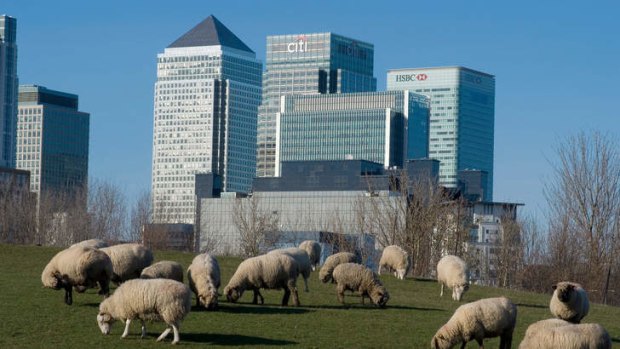
Mudchute Park and Farm.Credit: Alamy
This astonishing assemblage includes William Hogarth's wonderful series A Rake's Progress and An Election as well as three Canalettos, Samuel Scott's View on the River Thames, and J.M.W. Turner's Val D'Aosta and Kirkstall Abbey.
From the upstairs rooms of the Soane house, you can see the Ionic columns of the Royal College of Surgeons on the other side of the park. Despite its pretensions to faux classical Greek grandeur, the building is rather grey and forbidding - and yet to go inside and climb the elegant curving staircase from the foyer is to discover the fascinating and utterly bizarre Hunterian Museum.
First opened in 1813 (it celebrates its bicentenary this year), the basis of the museum was the eclectic, 15,000-item strong collection of surgeon and anatomist John Hunter (1728-93).
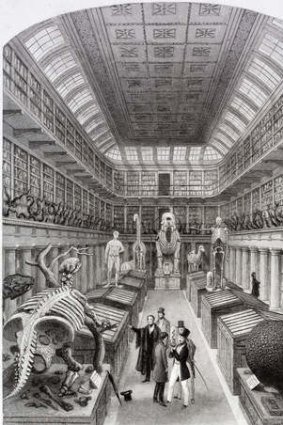
A 19th-century engraving of the Hunterian Museum.Credit: Corbis
Hunter was an army surgeon for a while and spent three years in France and Portugal where he developed new ideas on how to treat gunshot wounds and venereal disease as well as collecting specimens of lizards and other animals. After his return to England he was elected a Fellow of the Royal Society and became Surgeon to St George's Hospital in 1768. In 1783, after moving into a large house in Leicester Square, he devoted all his resources into turning his burgeoning collection into a teaching museum.
As his reputation grew, other scientists supplied him with specimens from their travels. Such specimens included - pretty much a sensation at the time - various kangaroos brought back by Sir Joseph Banks from James Cook's voyage of 1768-71.
Today the museum features about 3500 specimens and preparations from that original collection, all housed in a three-storey room filled to bursting with glass display cases - crystal cabinets of curiosities. Here, among the weird and the wonderful, you will find the 231-centimetre skeleton of Charles Byrne, the "Irish Giant"; surgical instruments belonging to Joseph Lister, a pioneer of antiseptic surgery; as well as an extensive collection of deformed skulls, phosphorous-rotted jaws and teeth showing a truly wince-inducing range of dental deformity. Look carefully and you'll even find a set of Winston Churchill's dentures and a rooster with a human tooth growing out of its head (part of John Hunter's experiments with grafts).
For the layman, it's a mesmerising, almost overwhelming melange of esoterica - parasitic worms here, preserved feet there, with anything in-between from dissected squid beaks to various foetuses, cancers, cicadas and human skin flayed down to reveal nerve endings.
So there you have it; paintings, picnics and pickled feet - all the ingredients for a relaxing day out in central London.
FAST FACTS
The Hunterian Museum is inside the Royal College of Surgeons of England, 35-43 Lincoln's Inn Fields, and is open from Tuesday to Saturday,
10am-5pm. Admission is free. A free public tour is held every Wednesday at 1pm, for which booking is essential. See www.rcseng.ac.uk/museums/hunterian.
Sir John Soane's Museum is open from Tuesday to Saturday, 10am-5pm. Admission is free. Last entry to the museum is at 4.30pm. The quietest time to visit is 10am. Hour-long tours for £10 ($15) are available most days. See soane.org.
Five other classic London oases
Postman's Park
With entrances in King Edward Street and St Martin's Le-Grand, not far from St Paul's Cathedral, this small park was named because of its popularity as a lunchtime garden with workers from the old Post Office building nearby. It's still popular with workers, who can often be found examining the melancholic but ultimately uplifting Memorial to Heroic Self Sacrifice in the middle. Here, a 15-metre wooden loggia shelters a wall of ceramic tiles that records the actions of men, women and children who lost their lives saving others.
Mudchute Park and Farm
Even at the height of the Olympic Games, and with the main stadium five kilometres away as the crow flies, this 13-hectare nature reserve and farm in the middle of east London's Isle of Dogs wasn't exactly thronging with visitors. A true natural wilderness area hidden in the middle of London, it has bosky glades, bridal paths and an inner-city farm said to be one of the largest in Europe. Go there if only to experience the incongruous sight of llamas, alpacas and sheep grazing with the high-rise towers of Canary Wharf in the background.
Regent's Canal at the Islington Tunnel
Regent's Canal runs through north and east London and connects the Grand Union Canal at Paddington Basin with Limehouse Basin and the Thames. Coming from the east, the canal ducks under Islington through a brick tunnel for a few hundred metres before emerging again further west. At this point there are always a few narrowboats moored and people fishing. An excellent spot to rest up before pressing on towards Camden Lock. London Canal Museum is nearby, if that floats your boat.
Shepherd Market
Not a park or a farm but, oddly enough, the little warren of streets around the Shepherd Market square and piazza is curiously relaxing. Metres from the hot-spots of Piccadilly and Mayfair, this little enclave of twee shops, pubs and restaurants is one of London's best-kept secrets. A great place for a terribly British beer or a Parisienne-style alfresco meal in one of the pedestrian-friendly side streets.
St Dunstan-in-the-East church tower
Worn out by the Tower of London, Tower Bridge and the rest? Then take a picnic lunch to the remains of this Gothic church off Lower Thames Street. Originally built about 1100, it was badly damaged in the Great Fire of London, patched up by Sir Christopher Wren and almost destroyed in WWII. The tower, steeple and a few walls are all that survived but those remains — with the addition of a small lawn and a fountain — exude an almost Arthurian magic. It is one of the best peaceful, romantic and beautiful gardens in the city.
Sign up for the Traveller Deals newsletter
Get exclusive travel deals delivered straight to your inbox. Sign up now.